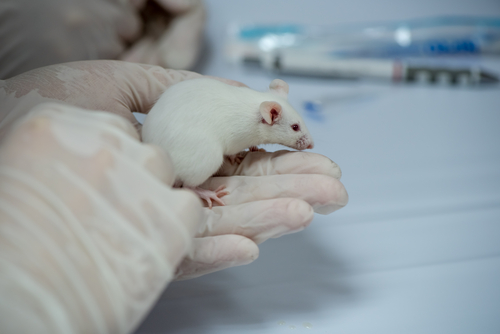Spanish researchers uncovered a signaling cascade involved in nerve degeneration associated with adrenoleukodystrophy in a mouse model of the disease. According to the team, the findings may open the door to the launch of new clinical trials assessing the therapeutic potential of Tecfidera (dimethyl fumarate) in patients with adrenoleukodystrophy.
The findings of the study, “Aberrant regulation of the GSK‐3β/NRF2 axis unveils a novel therapy for adrenoleukodystrophy,” were published in the journal EMBO Molecular Medicine.
Adrenoleukodystrophy (ALD), also known as X-linked ALD (X-ALD) is a rare genetic, neurodegenerative disorder caused by mutations in the ABCD1 gene located on the X chromosome. Among the early hallmarks of the disease are oxidative stress — the cellular damage that occurs as a consequence of high levels of oxidant molecules — and mitochondrial dysfunction (mitochondria are the cell organelles responsible for the production of energy).
NRF2 (nuclear factor erythroid 2‐like 2) is known to be a master regulator of antioxidant responses, and to regulate neuroinflammation, “such that activating NRF2‐dependent responses initiates a sustained neuroprotective effect in several neurodegenerative disorder models,” the researchers said.
Now, a team led by investigators from the Center for Biomedical Research on Rare Diseases in Barcelona, Spain, set out to study the role of NRF2 in neurodegeneration associated with X-ALD using mouse models of the disease and fibroblasts (connective tissue skin cells) obtained from patients.
Results showed that the antioxidant response normally triggered by NRF2 was impaired in X-ALD mice, and in fibroblasts isolated from patients. This impairment was found to be caused by the excessive activity of glycogen synthase kinase 3 beta (GSK‐3β), an enzyme that normally inhibits the activity of NRF2.
As expected, when researchers inhibited the activity of GSK‐3β using two different inhibitors (CT99021 and SB216763), they managed to restore the antioxidant response driven by NRF2 in fibroblasts from patients with X-ALD.
Researchers also found that when they treated X-ALD mice with oral Tecfidera — an activator of NRF2 that has been approved by the U.S. Food and Drug Administration (FDA) for the treatment of patients with some forms of multiple sclerosis — they managed to revert the oxidative damage, mitochondrial dysfunction, and neuroinflammation.
In addition, Tecfidera also prevented further nerve degeneration and motor impairment in the animals, suggesting that it could be an interesting therapeutic candidate for patients with X-ALD.
“In summary, our data [uncovered] a novel role of GSK‐3β/NRF2 in the [development] of X‐ALD. By identifying the mechanism impaired in the antioxidant response in this disease, we reveal a novel therapeutic intervention using [Tecfidera] treatment,” the researchers said.
The team suggested that the data support future “Phase 2 clinical trials with [Tecfidera] in adrenoleukodystrophy patients.”


